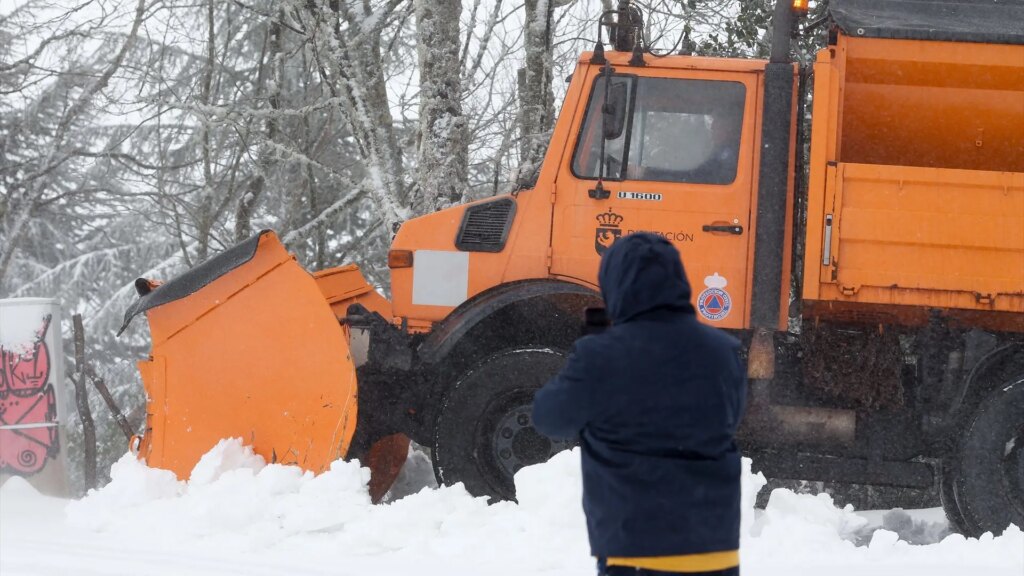The meteorological winter is just around the corner and is forecast to be different. The next day November 30 will be the change of season, which will last until the month of February, giving way to what is supposed to be the coldest season of the year and meteorologists have already released some predictions for what is to come. Not the usual ones, though.
According to the portal Meteoredthe meteorological winter, apart from being the season with lowest temperaturesis also the rainiest in a large part of the Atlantic slope, in contrast to the Catalan Pyrenees and the southern area, where it is usually the driest quarter of the year as a whole.
In addition, the winter is usually marked by abrupt changes, giving rise to days of anticycloneswith high thermal amplitudes, sunshine, frost and pollution, or when passing through Atlantic fronts. Cold air arrivals and strong thunderstorms are also possible.
Although the head model of the aforementioned portal points out that this coming winter there could be a radical change in the face of these unstable episodes that have been occurring during the autumn, such as the DANA that has devastated parts of the Valencian CommunityCastilla-La Mancha and Andalusia. Thus, they point to a winter with below average precipitation in a large part of the Atlantic slope, points of the Pyrenees and the Canary Islands, in contrast to the Mediterranean slope and the Balearic Islands, where no significant anomalies are expected.
Temperatures above average
Meteorologists clarify that this does not mean that the weather will be stable throughout the seasonThe forecasts are based on the fact that in winter there are usually important rain, wind and snow storms, but, based on their predictions, they see that they will be less frequent than in previous years due to a greater persistence of anticyclones.
In their prediction they also include that leatures will be above the usual averageespecially in the Northern Plateau, the Cantabrian slope, Galicia and part of the Iberian System.
In this regard, the State Meteorological Agency (Aemet) reported these days that there is a higher probability that “the average temperature will be in the warm tercile throughout Spainmore markedly in the Balearic and Canary Islands”. They also believe that there will be a greater likelihood of the accumulated rainfall will be in the lower tercile in the middle southwestern half and the Canary Islands.
